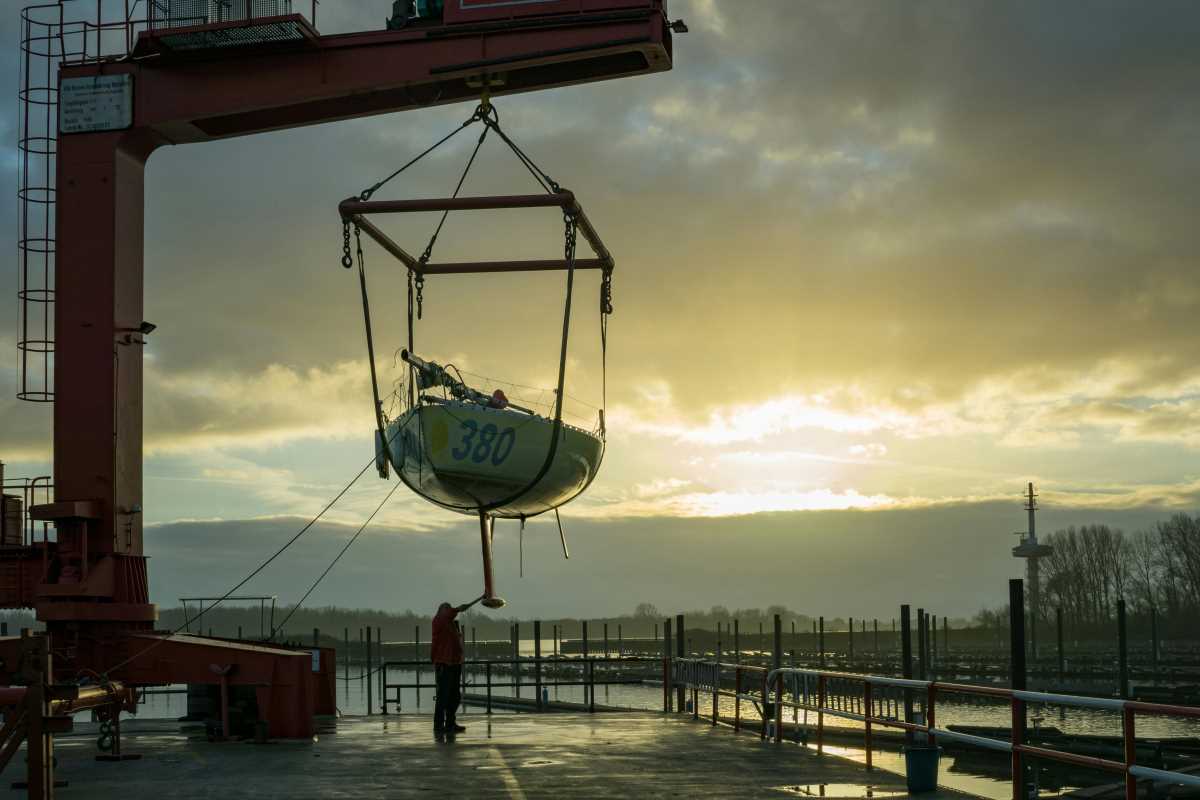Starting a franchise offers a unique opportunity for entrepreneurs to step into business ownership with an established brand, proven business model, and often, a supportive infrastructure. However, the investment required to start a franchise can vary widely, influenced by factors like the brand's prestige, industry standards, operational needs, and location. Franchisees need to be prepared for both initial and ongoing costs, as well as the potential rewards. This comprehensive guide examines various franchise investment levels and the considerations that accompany each to help prospective franchisees make informed decisions.
Low-Investment Franchises ($10,000 - $50,000)
Low-investment franchises are often home-based or mobile operations, providing an accessible entry point for first-time franchisees or those looking for a secondary income stream. These businesses generally require minimal overhead and staffing, making them attractive for entrepreneurs seeking lower-risk ventures.
Common Examples
- Cleaning Services: Home or office cleaning services can operate with minimal staff and require basic cleaning equipment.
- Pet Grooming: A mobile pet grooming franchise can serve clients directly at their homes, reducing the need for physical storefronts.
- Business Consulting: Franchisees with expertise in specific industries can offer consulting services from home or a small office.
- Virtual Tutoring: The rise of online education has led to a surge in demand for virtual tutoring franchises, which require limited upfront costs.
- Mobile Car Detailing: Car detailing franchises can operate with a mobile unit, serving clients on-site, making it cost-effective to start and maintain.
Typical Costs Include
- Franchise Fee: $10,000 - $25,000
- Equipment and Supplies: $5,000 - $15,000, covering essentials like cleaning products, grooming tools, or tutoring software.
- Initial Marketing: $2,000 - $5,000 for basic local advertising and digital marketing.
- Working Capital: $5,000 - $10,000 for expenses like supplies, fuel for mobile operations, or other running costs.
Expected Returns and Time to Profit
Low-investment franchises often allow for a faster break-even point, with some franchisees seeing profits within 2-3 years. However, the overall profit margin may be lower compared to larger franchises. Success in this category often depends on the franchisee’s ability to efficiently manage operations, reach local customers, and control costs.
Mid-Range Franchises ($50,000 - $250,000)
Mid-range franchises occupy a sweet spot for many aspiring franchisees, providing brand recognition and an established customer base without the substantial costs required by high-end franchises. These are often semi-absentee models, which can operate successfully with part-time owner involvement.
Common Examples
- Fitness Centers: Fitness franchises offer a range of models, from small boutique studios to more extensive gyms with a broader equipment offering.
- Senior Care Services: The demand for elder care has increased significantly, making this a popular mid-range franchise option.
- Educational Centers: Tutoring centers and after-school programs fall into this category, providing educational support to school-aged children.
- Specialized Retail Stores: Small retail franchises specializing in niche markets, such as health products, sporting goods, or electronics, can operate in limited spaces with manageable stock.
- Food Kiosks: Smaller food service franchises, such as coffee kiosks, smoothie stands, or snack stalls, are more affordable than full-service restaurants and can yield steady returns.
Typical Costs Include
- Franchise Fee: $25,000 - $50,000
- Build-Out and Renovations: $40,000 - $100,000 for remodeling and preparing leased spaces.
- Equipment and Inventory: $30,000 - $75,000 depending on the industry’s needs, such as gym equipment or educational supplies.
- Initial Marketing: $10,000 - $25,000 for launch promotions and brand visibility in the local area.
- Working Capital: $25,000 - $50,000 to support initial staffing, utility expenses, and other operational costs.
Expected Returns and Time to Profit
Mid-range franchises typically see profitability within 3-5 years, depending on the location, market demand, and franchise management. The higher initial investment allows access to established brands, increasing the likelihood of quicker customer acquisition and brand loyalty.
High-Investment Franchises ($250,000 - $1 Million)
High-investment franchises represent well-known brands that usually require larger physical locations, often in prime real estate areas. These businesses attract more extensive customer bases but also come with significant operational responsibilities and higher ongoing expenses.
Common Examples
- Full-Service Restaurants: Popular restaurant chains fall into this category, drawing in large numbers but requiring comprehensive kitchen and dining area setups.
- Hotels: Known hotel brands offer a recognizable name and a steady customer base, though they require substantial investments in real estate and facilities.
- Large Retail Stores: Franchisees operate under a recognizable brand, selling clothing, furniture, or other products with strong brand loyalty.
- Auto Repair Centers: Automotive repair and maintenance franchises serve a wide customer base but need specialized equipment and staff.
- Healthcare Facilities: Specialized franchises offering urgent care or physical therapy services require investment in medical equipment and facility build-outs.
Typical Costs Include
- Franchise Fee: $50,000 - $75,000
- Real Estate and Construction: $300,000 - $500,000, covering site acquisition, construction, and remodeling.
- Equipment and Inventory: $100,000 - $250,000 for kitchen equipment, diagnostic tools, or retail stock.
- Initial Marketing: $25,000 - $50,000 for targeted campaigns and opening promotions.
- Working Capital: $100,000 - $200,000 for wages, benefits, utilities, and other operational expenses.
Expected Returns and Time to Profit
Due to the higher costs and complexity of operation, high-investment franchises generally take 5-7 years to break even. While this category offers potential for higher earnings, franchisees must be prepared for substantial ongoing commitments, including payroll, supplies, and property maintenance.
Premium Franchises ($1 Million+)
Premium franchises represent the top tier in franchise investments, often involving nationally or internationally renowned brands. Franchisees at this level operate large-scale, high-revenue businesses that require extensive infrastructure, staffing, and premium locations.
Common Examples
- Major Hotel Chains: Operating under a leading hotel brand can yield high returns but demands an extensive financial commitment.
- Large Car Dealerships: Automotive sales and service require substantial investments in property, vehicles, and service equipment.
- Premium Restaurant Brands: Fine dining franchises or large fast-casual chains require prime locations and significant build-outs.
- Multiple Unit Developments: Some franchises offer the opportunity to open multiple units or territories, significantly increasing both cost and revenue potential.
Typical Costs Include
- Franchise Fee: $75,000 - $150,000
- Real Estate and Construction: $1,000,000+ for premium location acquisition and custom build-outs.
- Equipment and Inventory: $500,000+ for kitchen equipment, vehicles, or retail stock.
- Initial Marketing: $100,000+ for extensive promotional campaigns.
- Working Capital: $250,000+ to cover initial payroll, insurance, and other expenses.
Expected Returns and Time to Profit
Premium franchises typically require 7-10 years to reach profitability. These franchises can yield significant returns, but they demand a high level of operational expertise and financial resources. Success hinges on effective management, prime locations, and robust market demand.
Hidden Costs and Ongoing Expenses
Beyond the upfront investment, franchisees must budget for several ongoing expenses that affect profitability:
- Royalty Fees: Usually 4-8% of gross sales, typically paid monthly. Some franchises increase this rate over time.
- Marketing Fees: Commonly 1-3% of gross sales, contributing to national advertising. Franchisees may also have local marketing requirements.
- Insurance: Includes general liability, property insurance, workers' compensation, and business interruption coverage.
- Employee Costs: Wages, training, turnover, and potentially healthcare benefits add to the total cost of operations.
Financing Options
Franchisees often utilize multiple funding sources to meet their initial investment needs:
- Traditional Bank Loans: Including SBA-backed loans or conventional business loans.
- Alternative Funding: Options such as 401(k) rollovers, home equity loans, franchise financing programs, or angel investors.
Factors Affecting Investment Levels
Several factors influence the total investment required, including:
- Location: Real estate costs vary, with urban areas typically commanding higher prices than suburban or rural locations.
- Market Size and Demand: High population density and low competition can improve profitability.
- Brand Recognition: Premium brands require higher fees, while lesser-known brands may offer lower entry costs.
Return on Investment Considerations
Return on investment varies based on the franchise level:
- Low Investment: 2-3 years to break even.
- Mid-Range: 3-5 years.
- High Investment: 5-7 years.
- Premium: 7-10 years.
Final Thoughts
The cost of starting a franchise depends on numerous variables, including brand, location, and industry. Aspiring franchisees should assess their financial capacity, risk tolerance, and goals to find the right investment level. Maintaining working capital through the early stages is critical to long-term success. Conducting thorough due diligence, consulting financial professionals, and preparing for hidden costs can help ensure a rewarding franchise journey.
 (Image via
(Image via





